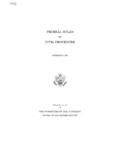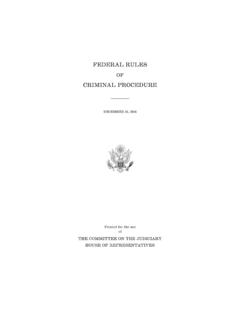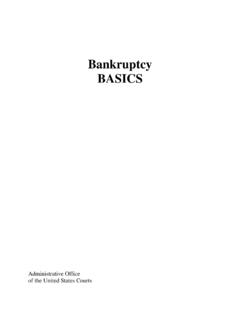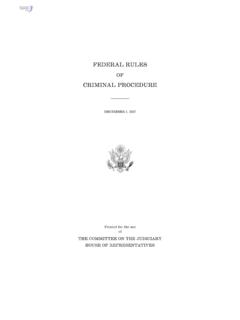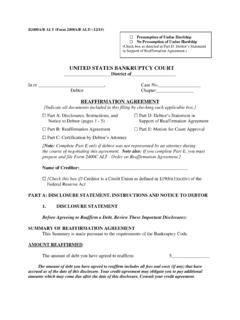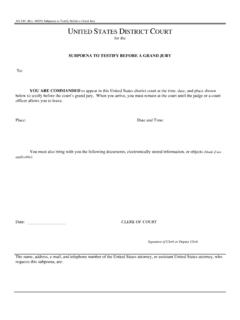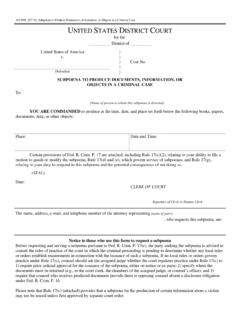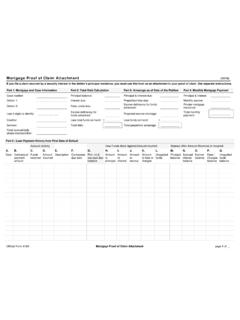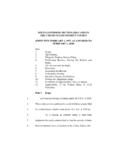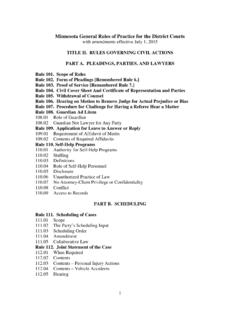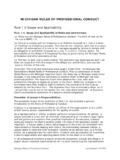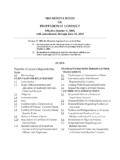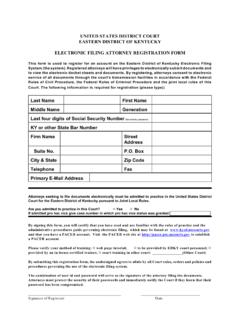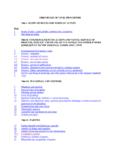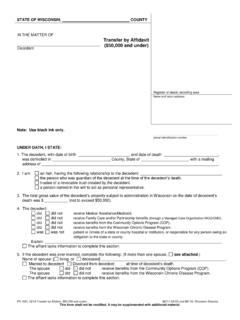Transcription of Treatment of Brady v. Maryland Material in United …
1 Treatment of Brady v. Maryland Materialin United states District and state courts rules , Orders, and PoliciesReport to the Advisory Committee onCriminal rules of the Judicial Conferenceof the United StatesLaural L. Hooper, Jennifer E. Marsh, and Brian YehFederal Judicial CenterOctober 2004 This report was undertaken in furtherance of the Federal Judicial Center s statu-tory mission to conduct and stimulate research and development for the improve-ment of judicial administration. The views expressed are those of the authors andnot necessarily those of the Federal Judicial : Brady , Rule 16, and Rule 11 v.
2 Maryland Rule of Criminal Procedure 16 Rule of Criminal Procedure 11 College of Trial Lawyers proposal of Justice s response to the ACTL s proposal of Findings authorities identified in the district courts authorities identified in the state courts District court Policies for the Treatment of Brady Material Methods rules , Orders, and Procedures of Brady Material favorable to the defendant evidence or Material Requirements requirements for disclosure of disclosure requirements Diligence Requirements for Noncompliance with Brady Obligations Procedures court Policies for the Treatment of Brady Material Methods rules , Orders.
3 And Procedures of Brady Material favorable to the defendant evidence or Material Requirements of information required to be disclosed disclosure without request upon request of defendant requirements for disclosure Diligence Obligations for Noncompliance with Brady Obligations July 2004, the Judicial Conference Advisory Committee on Criminal Rulesasked the Federal Judicial Center to study the local rules of the districtcourts, state laws, and state court rules that address the disclosure principles con-tained in Brady v.
4 Brady requires that prosecutors fully disclose to theaccused all exculpatory evidence in their possession. Subsequent Supreme Courtdecisions have elaborated the Brady obligations to include the duty to disclose(1) impeachment evidence,2 (2) favorable evidence in the absence of a request bythe accused,3 and (3) evidence in the possession of persons or organizations ( ,the police).4 This report presents the findings of that committee s interest is in learning whether federal district courts and statecourts have adopted any formal rules or standards that provide prosecutors withspecific guidance on discharging their Brady obligations.
5 Specifically, the com-mittee wanted to know whether the district and state courts relevantauthorities (1) codify the Brady rule; (2) set any specific time when Brady mate-rial must be disclosed; or (3) require Brady Material to be disclosed automaticallyor only on request. In addition, the Center sought information regarding policiesin two areas: (1) due diligence obligations of the government to locate and dis-close Brady Material favorable to the defendant, and (2) sanctions for the gov-ernment s failure to comply specifically with Brady disclosure report has three sections.
6 Section I presents a general introduction to thereport, along with a summary of our findings. Section II describes the federal dis-trict court local rules , orders, and policies that address Brady Material , and Sec-tion III discusses the Treatment of Brady Material in the state courts statutes, rules , and : Brady , Rule 16, and Rule v. MarylandIn Brady v. Maryland , the Supreme court held that the suppression by the prose-cution of evidence favorable to an accused upon request violates due processwhere the evidence is Material either to guilt or punishment, irrespective of thegood faith or bad faith of the prosecution.
7 5 Subsequent Supreme court decisionshave held that the government has a constitutionally mandated, affirmative duty todisclose exculpatory evidence to the defendant to help ensure the defendant sright to a fair trial under the Fifth and Fourteenth Amendments Due Process 1. 373 83 (1963).2. Giglio v. United states , 405 150, 153 54 (1972).3. United states v. Agurs, 427 97, 107 (1976).4. Kyles v. Whitley, 514 419, 437 (1995).5. 373 at of Brady v. Maryland Material in District and State The court cited as justification for the disclosure obligation of prosecu-tors the special role played by the American prosecutor in the search for truth incriminal trials.
8 7 The prosecutor serves as the representative .. of a sovereignty.. whose interest .. in a criminal prosecution is not that it shall win a case, butthat justice shall be done. 8 The Brady decision did not define what types of evidence are considered Material to guilt or punishment, but other decisions have attempted to do so. Forexample, the standard of materiality for undisclosed evidence that would con-stitute a Brady violation has evolved over time from if the omitted evidence cre-ates a reasonable doubt that did not otherwise exist, 9 to if there is a reasonableprobability that, had the evidence been disclosed to the defense, the result of theproceeding would have been different, 10 to whether in [the undisclosed evi-dence s] absence [the defendant]
9 Received a fair trial, understood as a trial result-ing in a verdict worthy of confidence, 11 to the current standard, when prejudiceto the accused ensues .. [and where] the nondisclosure [is] so serious that thereis a reasonable probability that the suppressed evidence would have produced adifferent verdict. Rule of Criminal Procedure 16 Federal Rule of Criminal Procedure 16 governs discovery and inspection of evi-dence in federal criminal cases. The Notes of the Advisory Committee to the 1974 Amendments expressly said that in revising Rule 16 to give greater discovery toboth the prosecution and the defense, the committee had decided not to codifythe Brady Rule.
10 13 However, the committee explained, the requirement that thegovernment disclose documents and tangible objects Material to the preparationof his defense underscores the importance of disclosure of evidence favorable tothe defendant. 14 Rule 16 entitles the defendant to receive, upon request, the following infor-mation: statements made by the defendant; the defendant s prior criminal record; 6. See United states v. Bagley, 473 667, 675 (1985) ( The Brady rule is based on therequirement of due process.)
